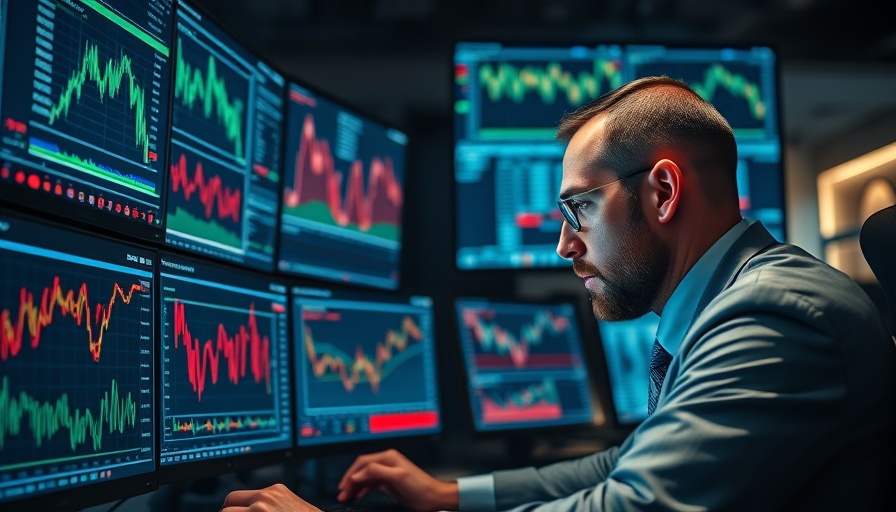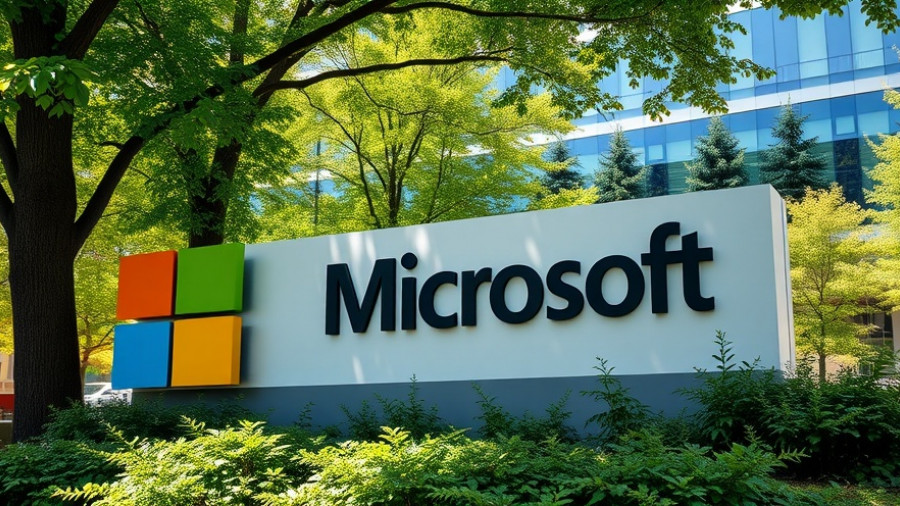
Worry Over AI Stock Valuations: What You Need to Know
As the stock market reaches dizzying heights with the rising optimism surrounding artificial intelligence (AI), investor concerns about a potential market bubble echo the familiar warnings from the late 1990s dotcom era. Just like in the late 90s, when the internet revolution transformed traditional business models, today’s market furors surrounding AI innovations—particularly those involving tech giants like Nvidia and Microsoft—have prompted high price-to-earnings (P/E) ratios that bring back unsettling memories.
Echoes of the Past: A Historical Comparison
In 1996, former Federal Reserve Chairman Alan Greenspan famously warned about “irrational exuberance,” a phrase that became synonymous with the dotcom bubble that culminated in a dramatic market crash. Now, as tech valuations soar, the International Monetary Fund (IMF) and JPMorgan Chase’s CEO Jamie Dimon are issuing similar warnings about possible severe corrections. Investors today are reminded of the folly exhibited by many during the dotcom boom—the rapid spike of overvalued tech companies devoid of sound business models.
Are Current Valuations Justified?
The P/E ratio of the S&P 500 has recently stood at approximately 23, considerably higher than its avowed average of 18.7 over the past decade. This indeed raises eyebrows about whether the current market growth is underpinned by genuine fundamental growth or mere speculation fueled by hype surrounding AI advancements. Goldman Sachs analysts suggest that present valuations are driven more by true growth prospects than raw exuberance, differentiating today’s tech leaders from the questionable firms of the late 90s.
Optimism Amid Caution: Diverse Perspectives
Despite pervasive fears of an impending burst, many investors maintain an upbeat perspective. They argue that today’s tech giants boast solid earnings, a strong capital base, and robust business models—contrasting sharply with the startups that littered the market landscape during the dotcom bubble. Art Hogan, a market strategist, emphasizes that the “quality” of today’s leading AI companies is a critical differentiator. Moving away from a speculative bubble narrative, the focus shifts to how these firms have evolved and remain sustainable amidst advancements in AI.
Adjusting Valuation Metrics: Rethinking the Paradigm
Financial analyses from firms such as Morgan Stanley have introduced alternative metrics to contend with traditional P/E ratios. By assessing free cash flow generation and operational efficiency, analysts argue that today’s valuations depict a healthier market spectrum than in 1999. These perspectives spotlight the improved fundamentals that define AI-centric companies, suggesting a potential resilience that could withstand market telescoping.
Practical Insights for AI Enthusiasts
For investors and shareholders looking at the AI landscape, it is vital to consider various factors beyond the surface level of stock prices. Understanding the fundamentals, the companies’ business models, and the scope of AI applications are essential in navigating the evolving market intricacies.
Conclusion: A Call to Stay Informed and Cautious
The juxtaposition between excitement for AI's potential and apprehension over inflated stock valuations not only reflects investor psychology but also epitomizes the duality of opportunity and risk in financial markets. As the discussion about a possible bubble continues, remaining vigilant is crucial—constantly analyzing the broader economic indicators to decipher reality from speculation is essential for future investment decisions.
AI enthusiasts and investors should proactively engage with this dynamic landscape. Stay updated with the latest AI news, and equip yourself with knowledge to make informed decisions while keeping an awareness of both historical lessons and current market signals.
 Add Row
Add Row  Add
Add 




Write A Comment